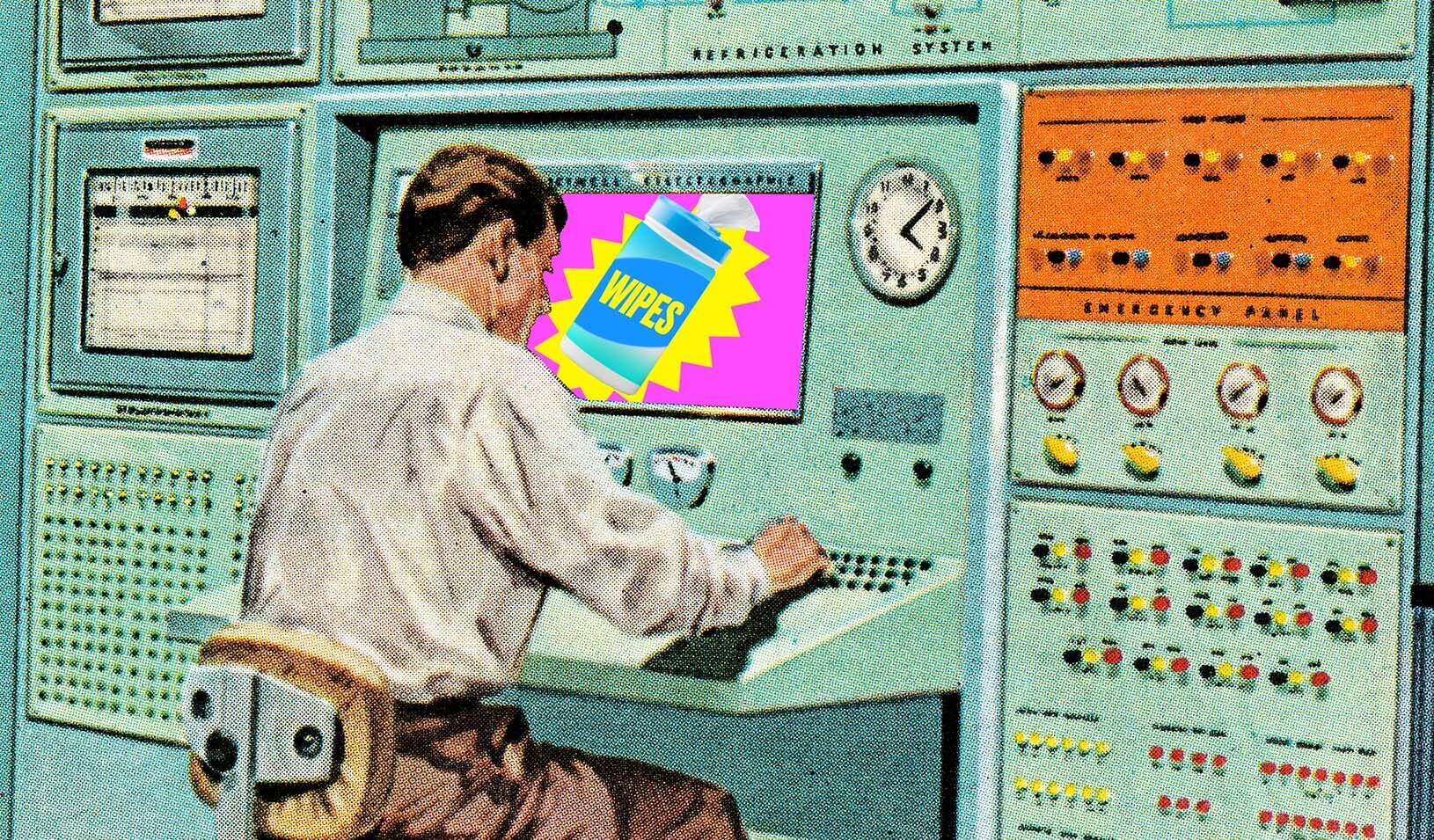Online restaurant ads can have an unintended consequence. | iStock/andrearoad
Advertising can increase sales for a company, but it can also unintentionally promote a competitor.
Navdeep Sahni, associate professor of marketing at Stanford Graduate School of Business, discovered this “spillover’’ effect through field experiments examining online banner ads. In some cases, the cumulative positive effect across hundreds of competitors’ sales was up to five times bigger than the positive effect on the company doing the advertising.
“If you see one product, it may remind you of other similar competing products,” Sahni says.
Although the research examined only the restaurant industry, Sahni says his findings apply to other marketers seeking to evaluate the impact of their advertising. Spillover likely occurs because consumers who see an ad make mental associations beyond their impression of the brand that’s being advertised. “If you look at one object, you’re reminded of other related objects that become salient,” says Sahni, whose research was recently published in the Journal of Marketing Research.
In a series of 11 randomized field experiments, Sahni worked with a restaurant review website in India with broad listings of local eateries. The website lets customers search thousands of restaurants by type of menu, ratings, and reviews, and thus features organically arranged listings as well as ads. At the time of the experiments in 2010, most of the website’s users didn’t place orders online but rather phoned restaurants to make reservations or to order meals for delivery or pickup. In all, Sahni’s data encompassed 189,650 users over a four-month period.
The experimental design allowed Sahni to control the ads displayed and to track users’ click-through patterns. Importantly, he could see if users clicked to obtain a restaurant’s phone number, a “sales lead” that was strongly related to an actual order.
Sahni found that running an ad increased the sales leads of individual competitors by an average of 4%. That translated to a sizable effect, given that each advertiser had multiple competitors in the same market. Sahni found that the cumulative increase in competitors’ sales was about five times the increase in the advertiser’s sales. The individual competitors that benefited most — up to a 25% boost in sales — offered menus similar to the advertiser’s and were considered to be high quality, as measured by ratings on the website.
However, restaurants that offered menus like the advertiser’s but were already well-known didn’t experience any increased sales from spillover. That’s likely because “if it’s a well-known chain, anyone who’s going to buy from that chain is already thinking of it,” Sahni says.
Advertisers can counteract spillover by rethinking the content of their ads, and to emphasize what distinguishes their eatery from their competitors, Sahni says. They should also consider what their customers value. If an advertiser, for example, believes its audience gives weight to the opinion of expert reviews, the ad could quote a particularly flattering one. If its customers value low prices, the ad could emphasize low menu prices. “To convert an impression into a sale, you have to beat the competitors that your ad reminds people of,” says Sahni. “If you can tell consumers that you’re actually better than your competitors, then you’re going to get more sales.”
Marketers can also reduce spillover by increasing the frequency with which they display their ads, creating more impressions on the consumer. Sahni’s experiments showed that while low-frequency advertising, or fewer than three exposures, helped competitors gain sales, higher frequency helped the advertiser overcome the spillovers and increase sales. In his study, he found no evidence of spillovers among customers who were exposed to an ad more than three times.
For media inquiries, visit the Newsroom.






